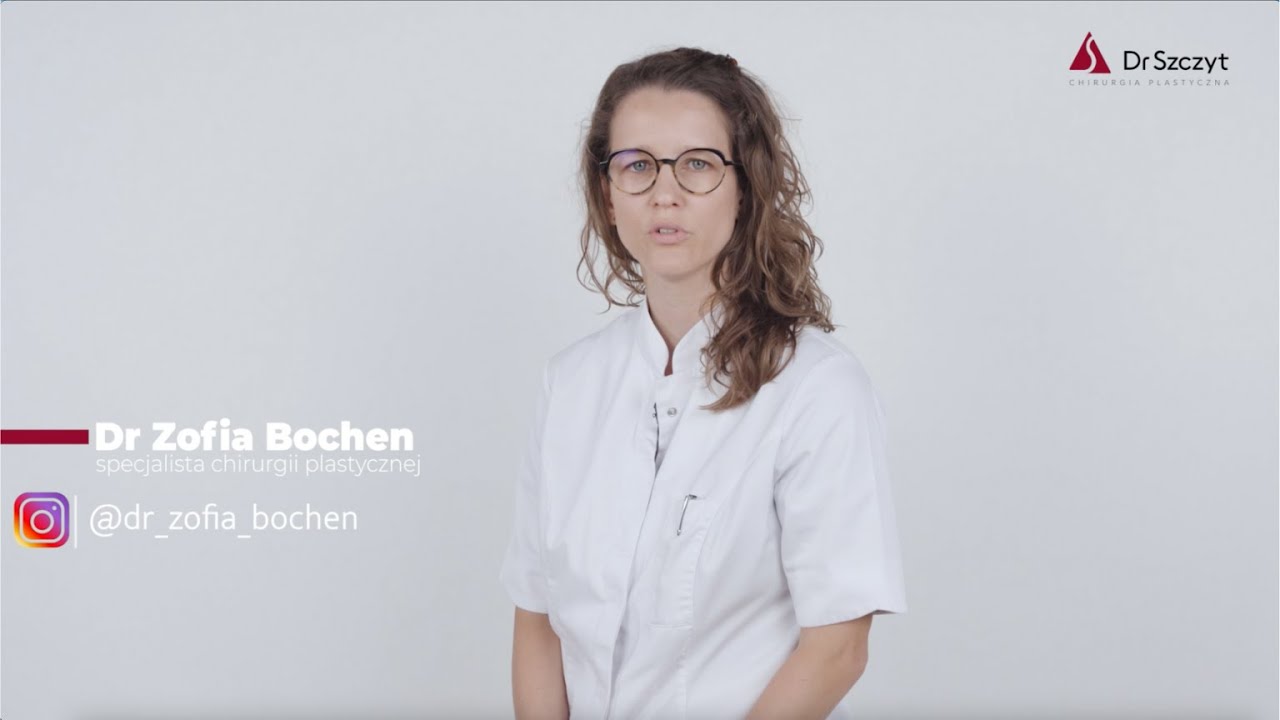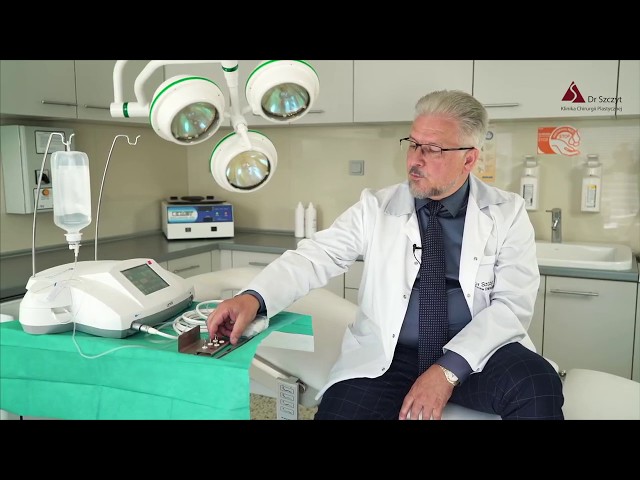How does the recovery from rhinoplasty go and how long does it take?

Nose surgery is a step toward the look of your dreams, but before you can see the results, you need to go through the healing process properly. How long does recovery take? When will the swelling and bruising disappear? How to take care of the nose to speed up recovery? We answer the most important questions to help you get through this stage and enjoy your new profile!
Rhinoplasty - what is worth knowing about it?
Rhinoplasty, or rhinoplasty, is one of the more commonly performed plastic surgeries. It is a procedure that can have both an aesthetic and medical basis - patients opt for it not only because they are dissatisfied with the shape of their nose, but also to improve airway patency or correct asymmetry created, for example, after injury. Some people also experience discomfort due to a hump on the dorsum of the nose or a deformity that is not only an aesthetic defect, but impedes daily functioning, such as wearing glasses.
Gutteroplasty techniques - open or closed?
Nose correction can be performed in two ways.
- Open method - the surgeon makes a small incision on the nasal post (the skin between the nostrils), which allows full access to the cartilaginous structure. This technique is most commonly used today, as it offers the possibility to precisely alter the nasal skeleton under visual control. It is chosen especially in more complex cases of deformity.
- Closed method - incisions are made inside the nose, so no visible scars remain. This technique is preferred for smaller corrections involving mainly the bony part. It may be associated with shorter recovery time.
Modern approach to rhinoplasty - piezo method
In addition to classic surgical methods , the following are becoming increasingly popular ultrasonic piezo nose correction, which uses modern technology that allows for precise bone modeling. Thanks to the use of ultrasonic waves, excessive tissue damage is avoided, resulting in less bruising, swelling and faster healing. This innovative solution allows for a gentler and more controlled shaping of the nose, especially when removing humps or correcting asymmetry.
Regardless of the method chosen, the most important thing to achieve satisfactory results is proper preparation for surgery and following the doctor's instructions during recovery. Each case is different, so the decision on the type of surgery should be carefully discussed with a specialist, who will match the method to the individual needs of the patient.
How is the recovery after rhinoplasty?
Rhinoplasty is a surgical procedure that, despite its invasiveness, is not usually associated with severe pain in the post-operative period. Patients usually experience mild discomfort, mainly due to swelling around the eyes and restrictions on breathing through the nose. However, proper care and following the doctor's instructions help the healing process go smoothly.
The first days after surgery - what is worth knowing?
Immediately after the procedure, the patient can expect:
- Swelling and bruising around the eyes and cheeks, which usually disappear within 2-3 weeks,
- The ability to breathe only through the mouth until the removal of internal dressings known as setons,
- appearing alternately with the patency of a blocked nasal sensation, resulting from swelling of the mucosa (after removal of the setons),
- sutures on the skin, which remain for about 5-7 days, and sutures on the mucous membranes (inside the nose), which do not need to be removed and will crumble on their own after 2-3 weeks,
- A plaster or thermoplastic dressing, worn for 10-14 days, which helps stabilize the nose and reduces the risk of tissue displacement.
During this period, the patient should avoid tilting the head, physical exertion and intense facial expressions so as not to increase pressure in the nasal area. It is also recommended to sleep on the back in a position with the head elevated, and to use cold compresses to help reduce swelling.
Return to daily activities
Once the dressing is removed, the patient can gradually return to normal function, but with some limitations.
Intense physical activity should be avoided for the first 4 weeks - light walking is allowed, but intense exercise, weight lifting or running can increase blood pressure and prolong the healing process. Definitely give up contact sports for at least 3 months to avoid the risk of accidental injury to the nose.
Caution is also advised when wearing glasses - avoid resting them on the back of the nose for about 6-8 weeks so as not to affect the formation of new structures.
Long-term results and full healing
Although most of the swelling subsides within the first few weeks, it will take a year and in some cases up to 2 years for the new one to fully form. During this time, there may be subtle changes in the appearance of the nose associated with its final formation. Most important for a successful recovery is strict adherence to the doctor's instructions, avoidance of risk factors and patience - the effect of the surgery can be fully evaluated only after several months, and in the case of major corrections after a year.
FAQ
Does a nose job correction hurt?
Immediately after the procedure, patients usually do not experience severe pain, but rather mild discomfort due to swelling and restriction of nasal patency. If necessary, the doctor may prescribe painkillers, although most patients manage without them.
How long does it take to recover from rhinoplasty?
The main healing phase takes about 4-6 weeks, but it will take at least a year for the nose to fully form. The greatest swelling subsides after 4 weeks, but the patient can return to daily activities (except exercise) after about 2 weeks.
How long do I have to wear a cast after my nose surgery?
A plaster or thermoplastic bandage is usually worn for 10-14 days to stabilize the structures of the nose and promote healing.
When can I return to work after a nose job correction?
If the job does not require physical exertion, most patients return to work after 14 days, when swelling and bruising are less visible. Work requiring physical exertion may require a longer recovery period.
When can I start playing sports after my nose surgery?
Light walking is allowed after just a few days, while intense exercise can be resumed after 4-6 weeks. Be sure to do this gradually and observe the body's reaction. Contact sports, such as boxing or soccer, should be put off for at least 3-6 months to avoid the risk of nasal injury.
How to reduce swelling after rhinoplasty?
To speed up the reduction of swelling, it's a good idea to sleep with your head elevated, use cold compresses around your eyes for the first few days, avoid exercise and hot baths, don't tilt your head, drink plenty of water and limit your salt intake.
When can I wear glasses after nose surgery?
As long as there is a cast on the nose, glasses can be put on it. After the plaster is removed, you should refrain from wearing glasses for 4-6 weeks. It is a good idea to get contact lenses for this period in advance.
Can I smoke cigarettes after rhinoplasty?
Smoking is not recommended for at least 4-6 weeks after surgery, as nicotine narrows blood vessels, which can delay healing and increase the risk of complications.
Can I fly on an airplane after a nose job?
Air travel is best postponed for 2 weeks after surgery. Pressure changes and dry air can cause discomfort.
When will I see the effect of the surgery?
The first effects are visible as soon as the dressing is removed, but the nose may still swell and gradually change shape over several months. The final shape is assessed after about 12 months, when all tissues have completely healed.










.png)




